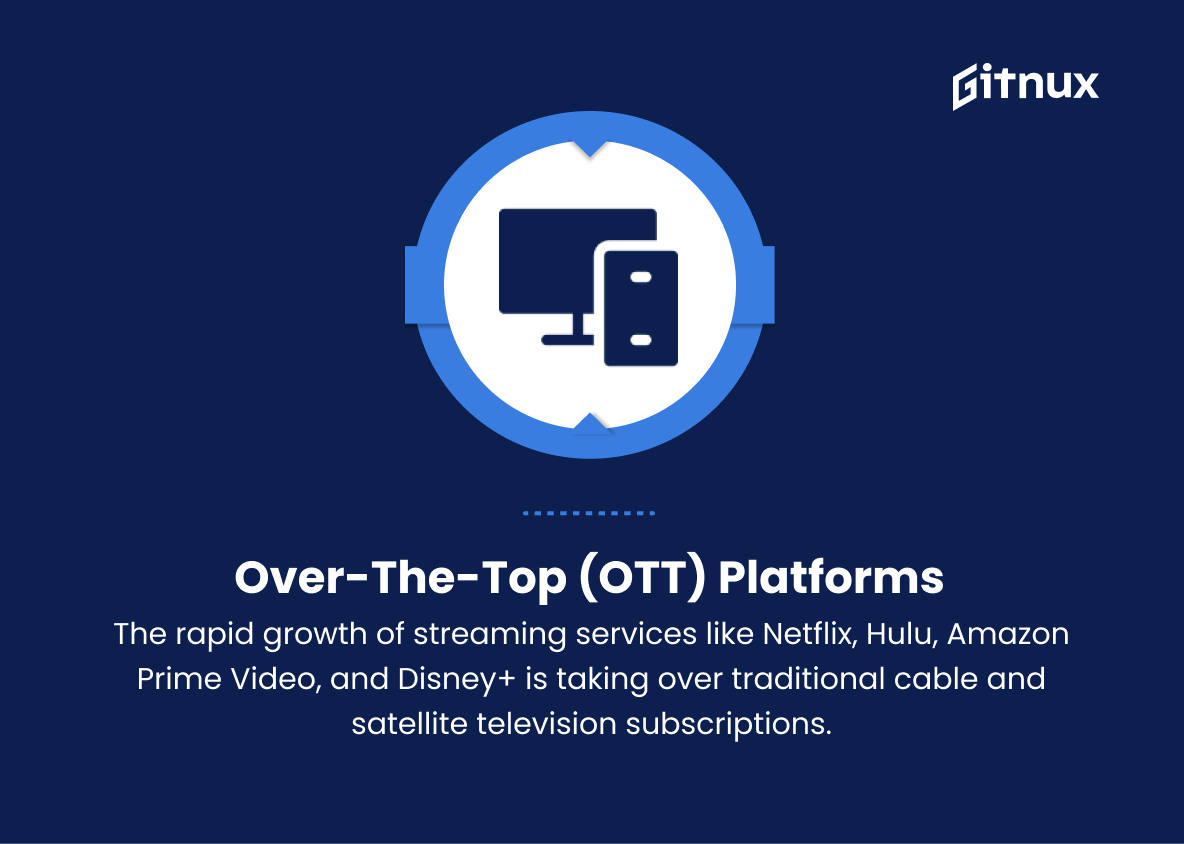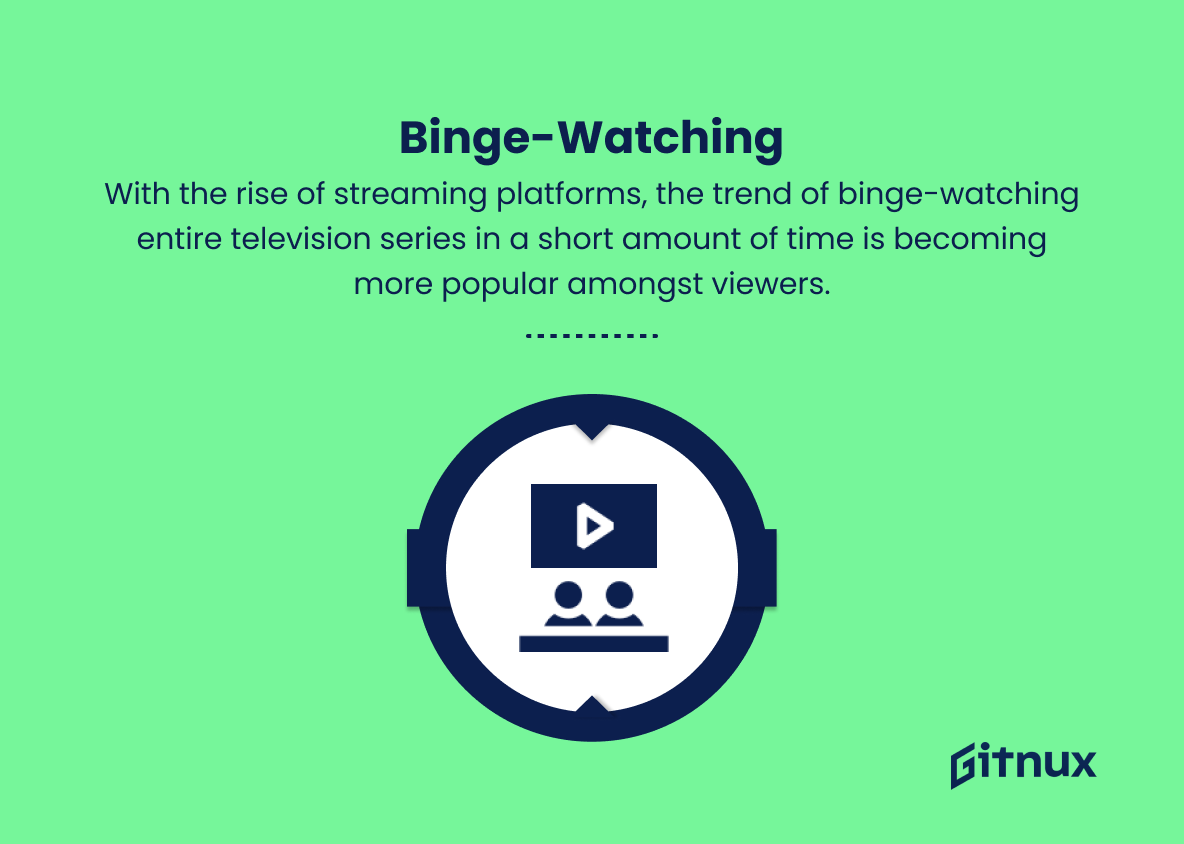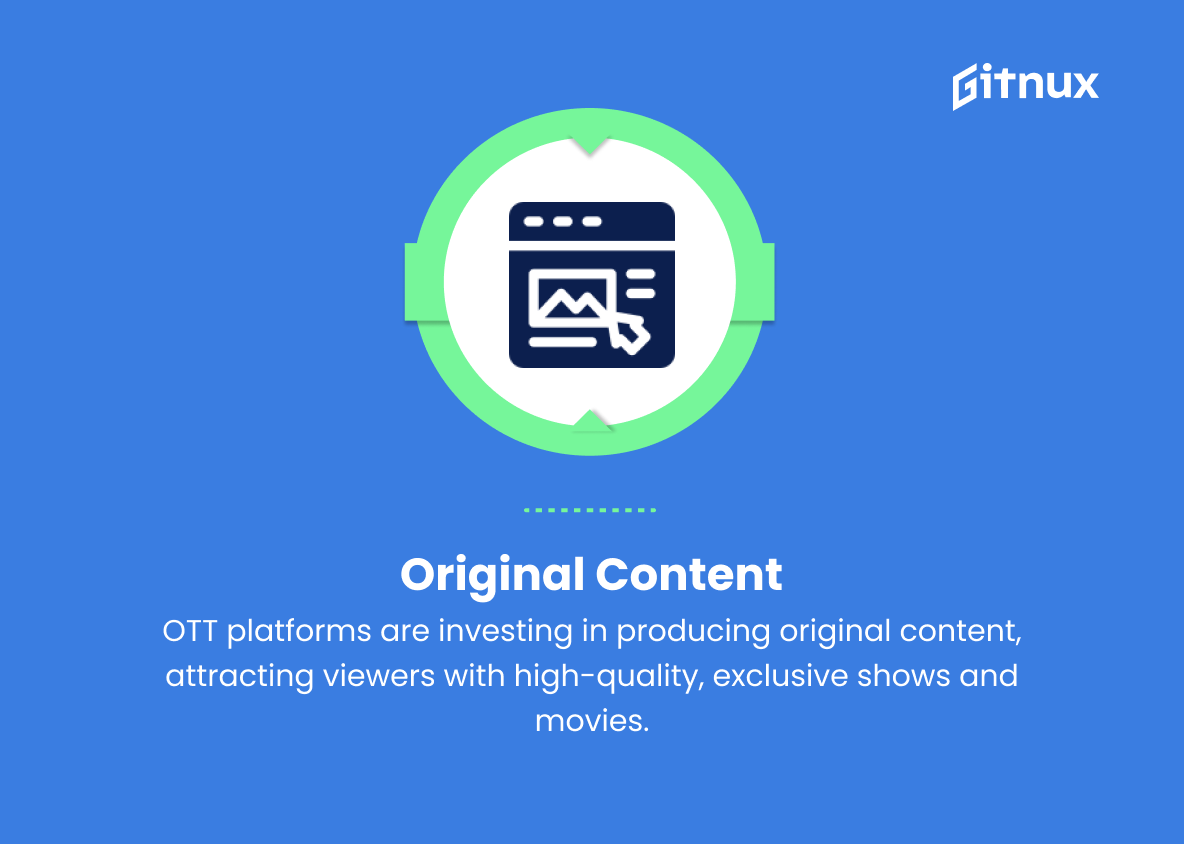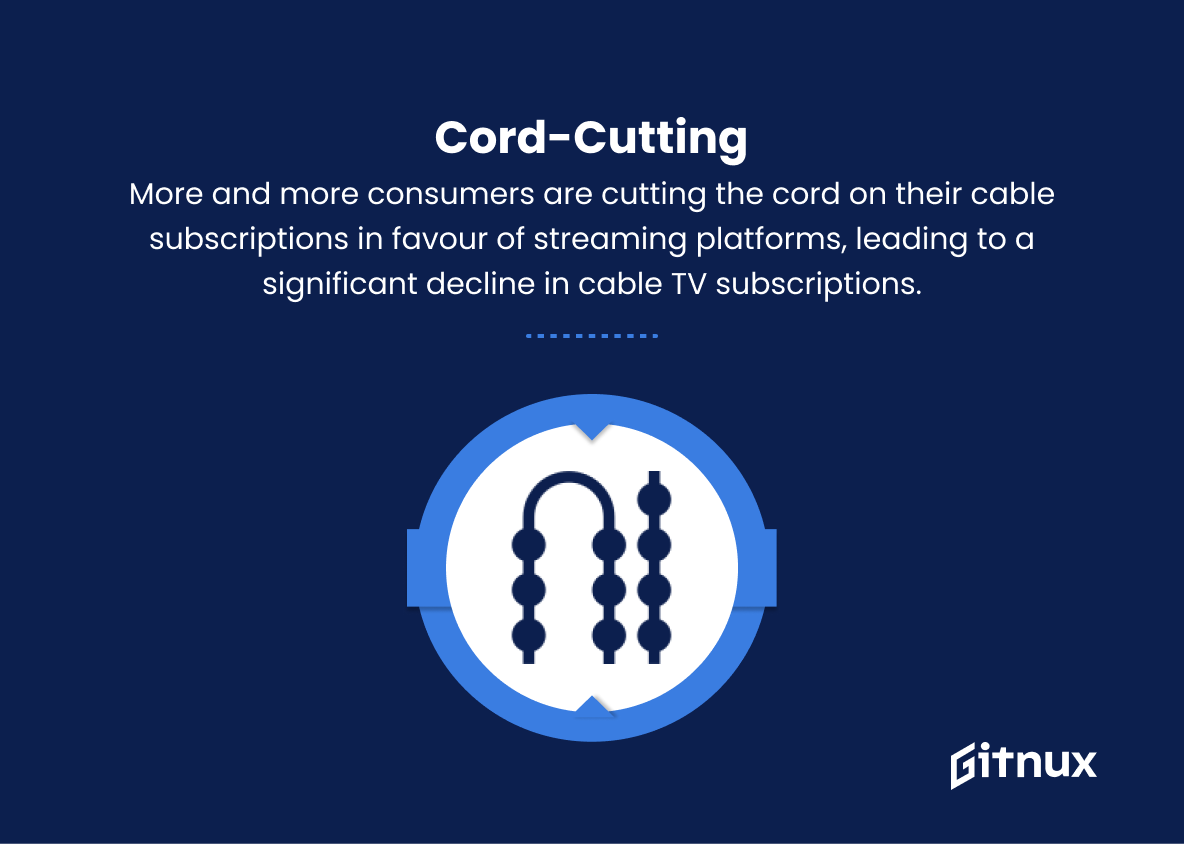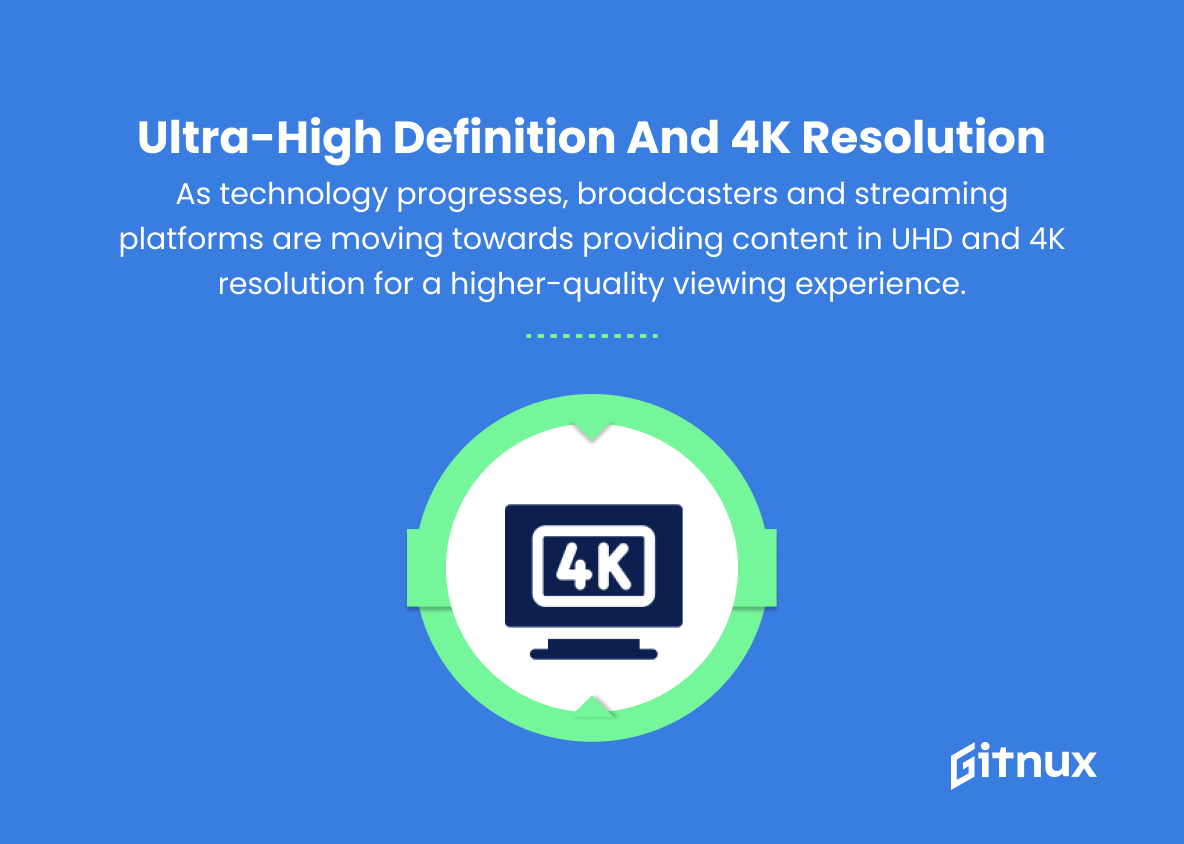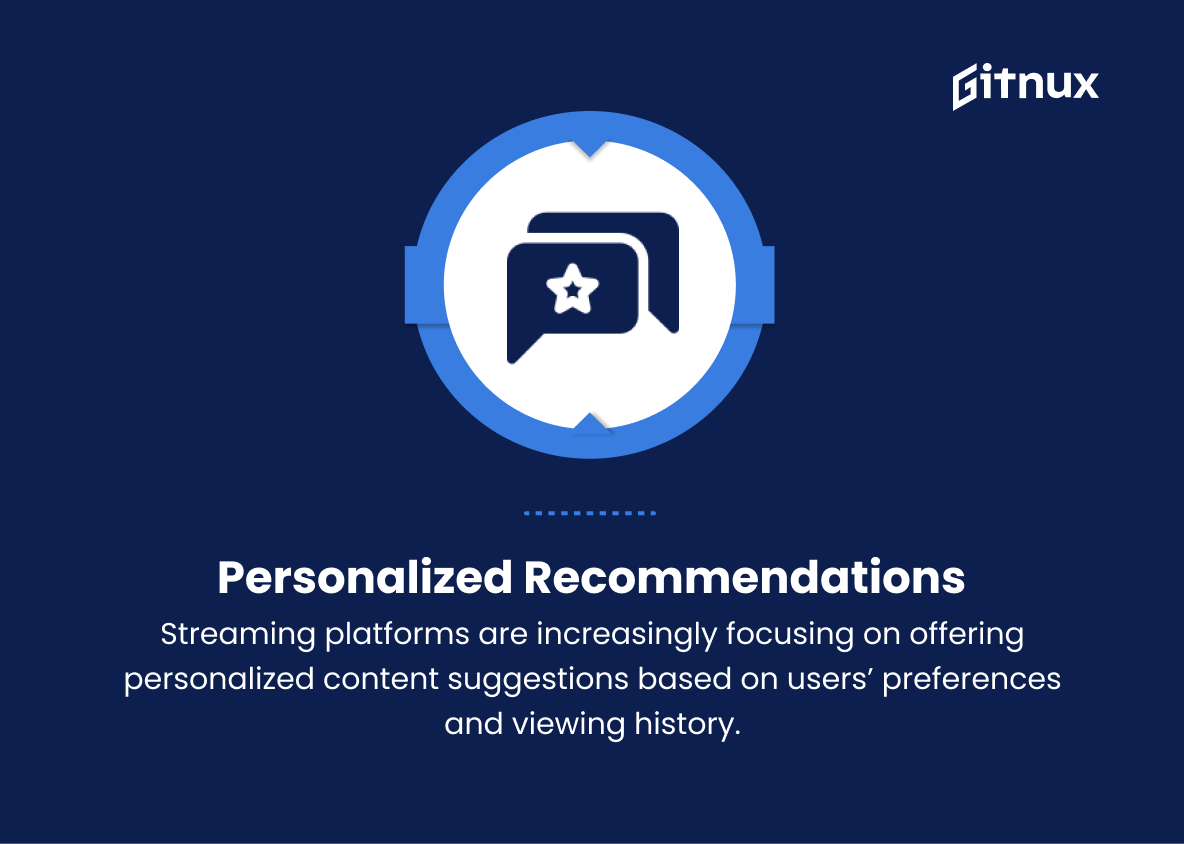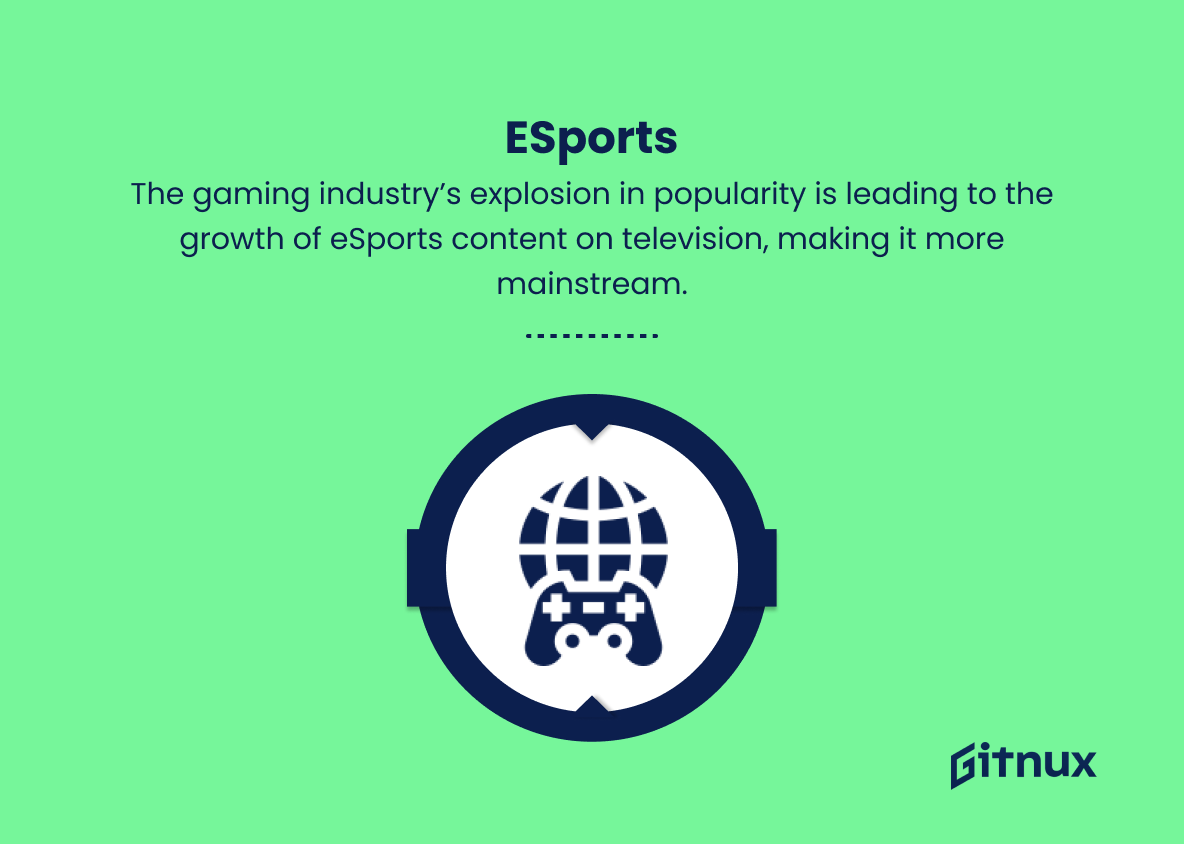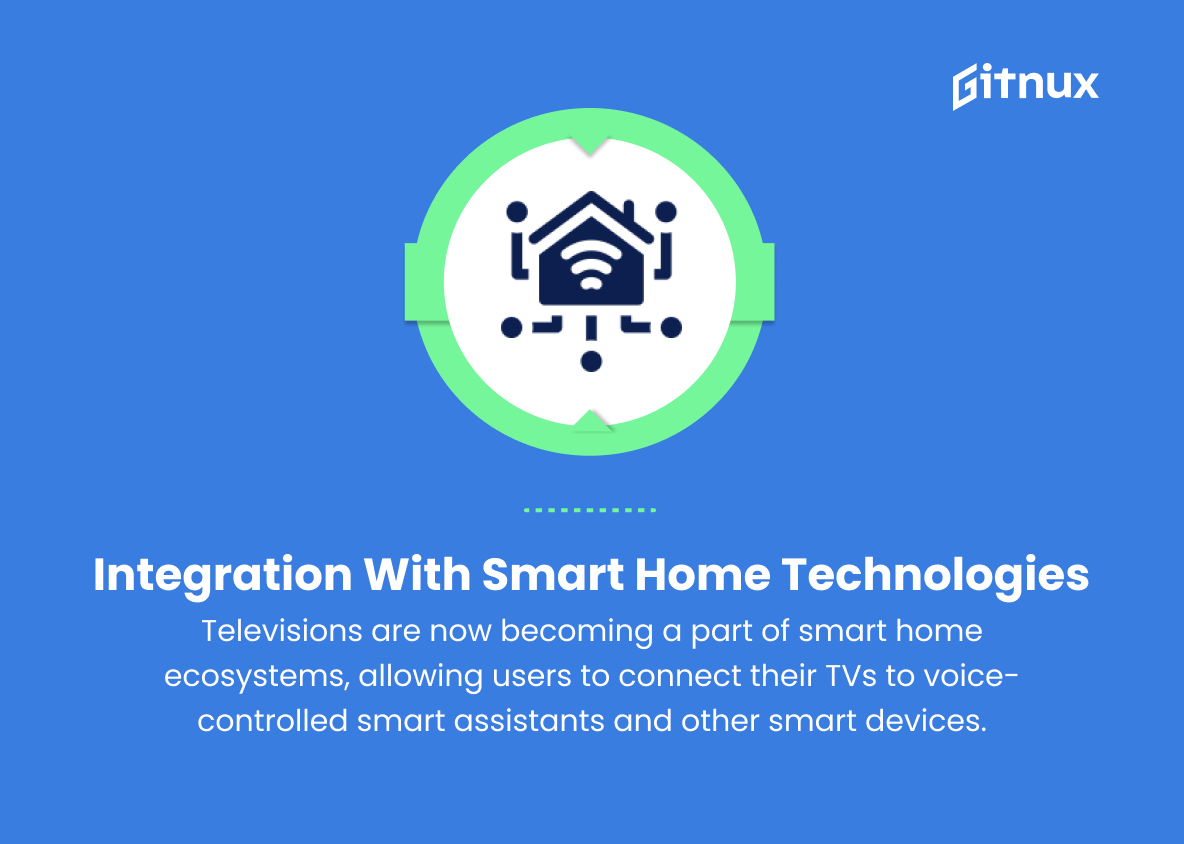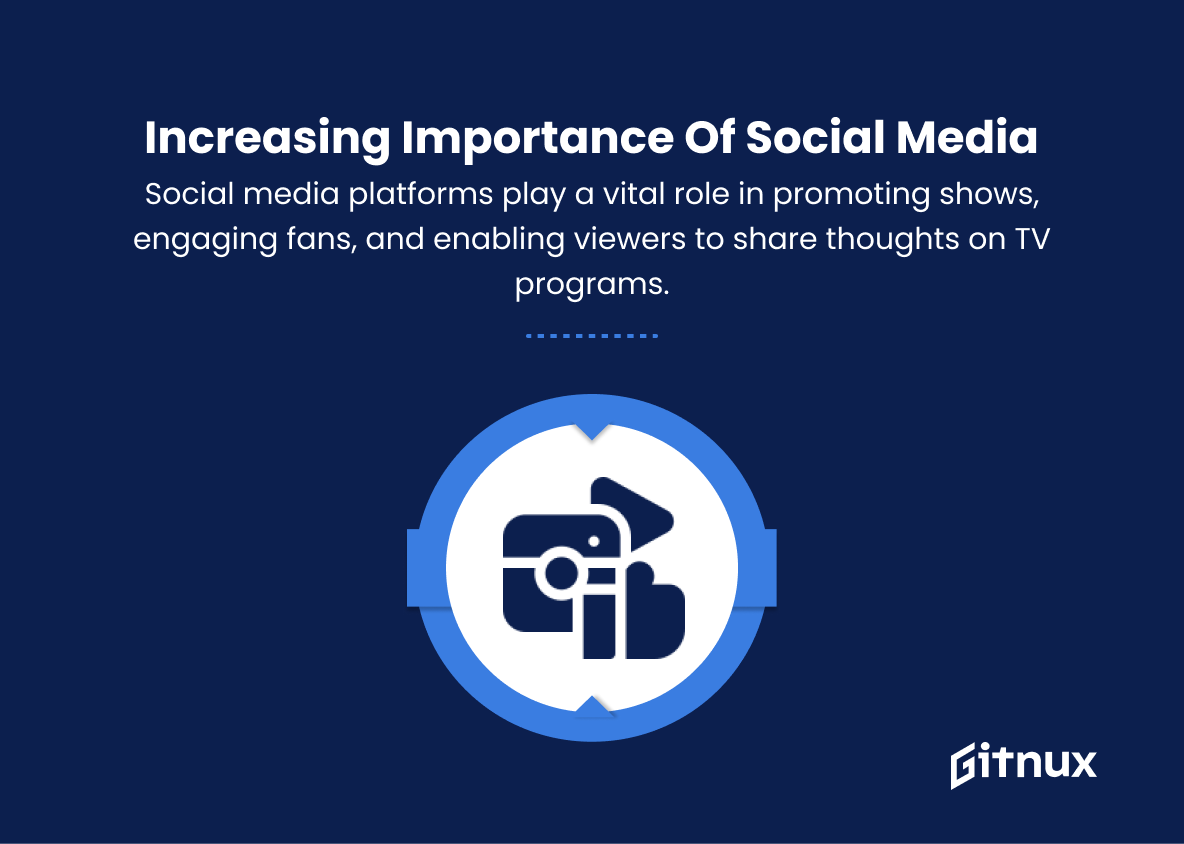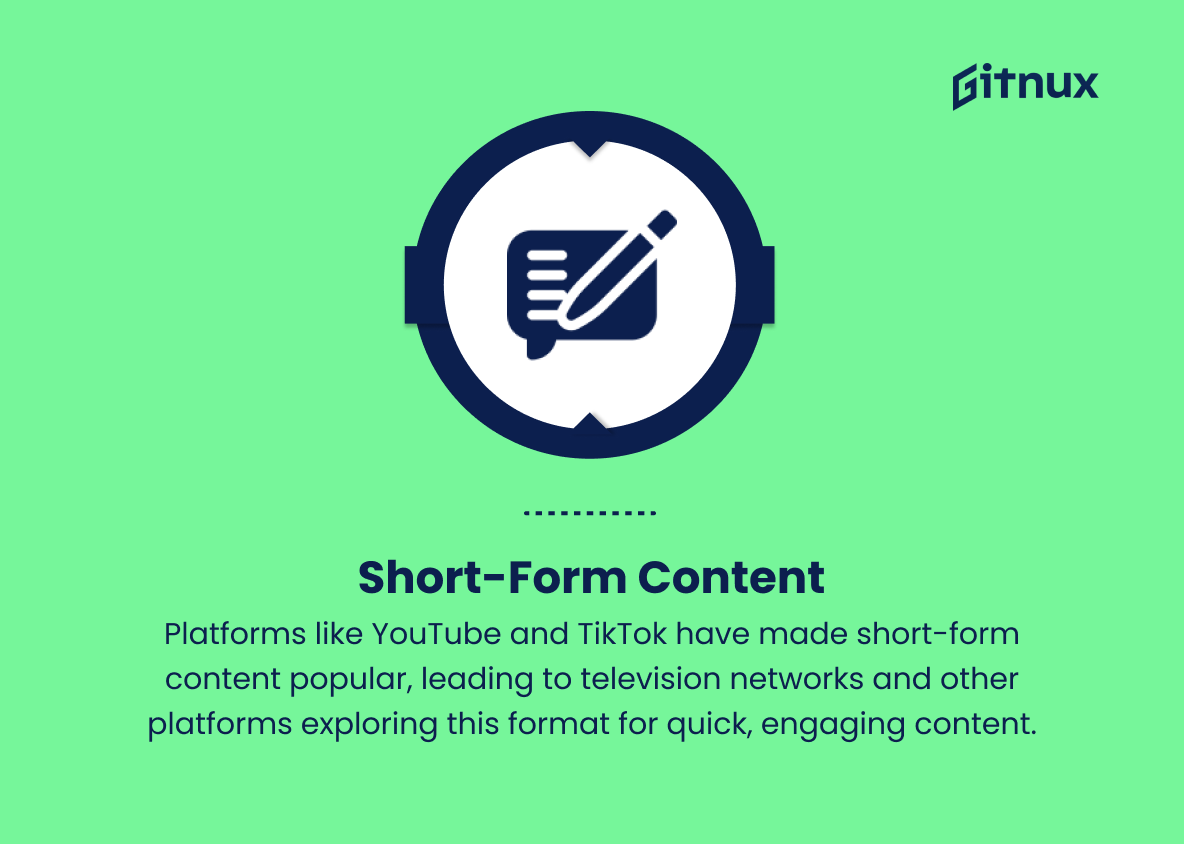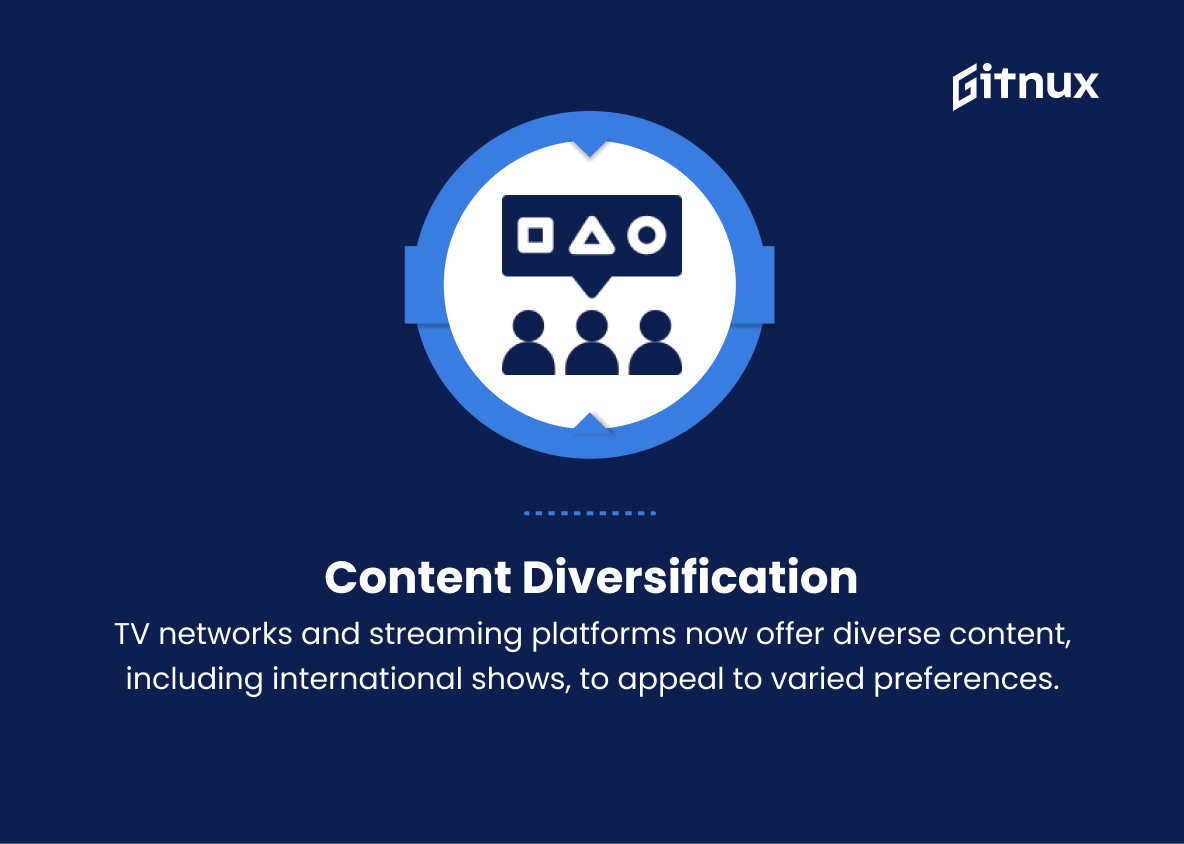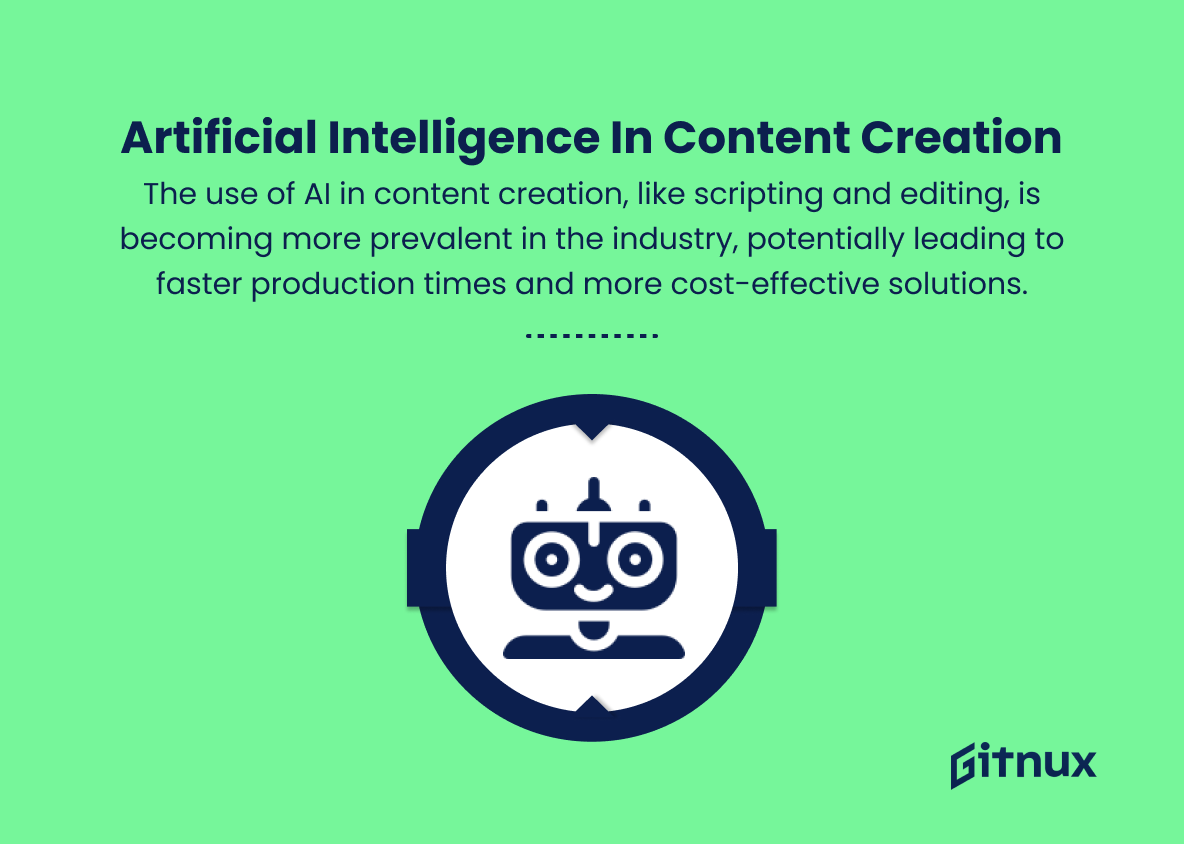In today’s rapidly evolving digital landscape, the television industry consistently finds itself grappling with novel trends, technologies, and consumer preferences. As the driving forces behind these paradigm shifts show no signs of abating, industry professionals must remain vigilant to stay ahead of the curve and make informed decisions about their productions and strategies.
In this comprehensive blog post, we delve into the most significant television industry trends that are shaping our viewing experiences and revolutionizing the way we consume, create, and engage with content. From the rise of streaming services to paradigmatic changes in audience behaviours, we explore these crucial developments and discuss the potential implications for industry stakeholders and viewers alike. Stay tuned as we navigate this transformative landscape and illuminate the most essential and impactful television industry trends.
Top Television Industry Trends
1. Over-the-top (OTT) platforms
The rapid growth of streaming services like Netflix, Hulu, Amazon Prime Video, and Disney+ is taking over traditional cable and satellite television subscriptions.
2. Binge-watching
With the rise of streaming platforms, the trend of binge-watching entire television series in a short amount of time is becoming more popular amongst viewers.
3. Original content
OTT platforms are investing in producing original content, attracting viewers with high-quality, exclusive shows and movies.
4. Cord-cutting
More and more consumers are cutting the cord on their cable subscriptions in favour of streaming platforms, leading to a significant decline in cable TV subscriptions.
5. Virtual reality (VR) and augmented reality (AR)
The television industry is exploring the possibilities of VR and AR technology to create new, immersive experiences for viewers.
6. Ultra-high definition (UHD) and 4K resolution
As technology progresses, broadcasters and streaming platforms are moving towards providing content in UHD and 4K resolution for a higher-quality viewing experience.
7. Personalization and recommendation algorithms
Streaming platforms are increasingly focusing on offering personalized content suggestions based on users’ preferences and viewing history.
8. eSports
The gaming industry’s explosion in popularity is leading to the growth of eSports content on television, making it more mainstream.
9. Integration with smart home technologies
Televisions are now becoming a part of smart home ecosystems, allowing users to connect their TVs to voice-controlled smart assistants and other smart devices.
10. Increasing importance of social media
Social media platforms are becoming essential in promoting shows, encouraging fan engagement, and providing a forum for viewers to share their thoughts and opinions on television programs.
11. Short-form content
Platforms like YouTube and TikTok have made short-form content popular, leading to television networks and other platforms exploring this format for quick, engaging content.
12. Adaption of books, comics, and podcasts
Many popular television series and movies are now being adapted from books, comics, and podcasts, featuring existing fandoms and providing fresh content for viewers.
13. Content diversification
Increasingly, television networks and streaming platforms are focusing on providing a diverse range of content to cater to different tastes and preferences, including international content from various regions.
14. Artificial intelligence (AI) in content creation
The use of AI in content creation, like scripting and editing, is becoming more prevalent in the industry, potentially leading to faster production times and more cost-effective solutions.
15. Cross-platform viewing
With the availability of content on various devices, such as smartphones, tablets, and laptops, viewers can now watch their favourite shows and movies on different platforms at their convenience.
These are just a few of the ongoing and emerging trends in the television industry. As technology continues to advance and viewer habits change, the industry will keep evolving to keep up with these new developments.
Implications
The television industry is undergoing a massive transformation due to multiple significant trends. The rapid growth of over-the-top (OTT) platforms like Netflix, Hulu, Amazon Prime Video, and Disney+ is driving a decline in traditional cable subscriptions as viewers prefer the convenience and variety offered by streaming services. Binge-watching and production of original content by these platforms have redefined audience engagement, creating an appetite for more tailored experiences. As technology advances, viewers enjoy higher-quality content in ultra-high definition and 4K resolution, while VR and AR technologies promise new levels of immersion.
The integration of smart home technologies and social media platforms are changing the ways viewers access and engage with television content. Platforms such as YouTube and TikTok have popularized short-form content and highlighted the need for personalization through recommendation algorithms. The television industry has also embraced diverse content sources, such as books, comics, and podcasts, leading to content diversification, including international content catering to different tastes and preferences. eSports has experienced a surge in popularity, pushing it into mainstream television programming.
With the rise of artificial intelligence, content creation and production processes will become faster and more cost-effective. Finally, the availability of cross-platform viewing ensures that viewers can watch their preferred content anytime, anywhere, and on any device. These trends signal a dynamic and revolutionary period for the television industry that is bound to continually evolve to meet the ever-changing demands and preferences of its audience.
Conclusion
In conclusion, the television industry is undergoing a significant transformation as it keeps pace with rapid technological advancements, evolving consumer preferences, and the entrance of new market players. Emerging trends such as streaming services, addressable advertising, and data-driven content production are disrupting traditional television dynamics, while increasing the focus on quality and personalized viewer experiences.
As the industry continues to evolve, stakeholders must adapt to these trends to remain competitive, seize opportunities, and navigate potential challenges in this ever-changing landscape. Collaboration, innovation, and adaptation will be critical drivers for success as the television industry charts its path into the future.
